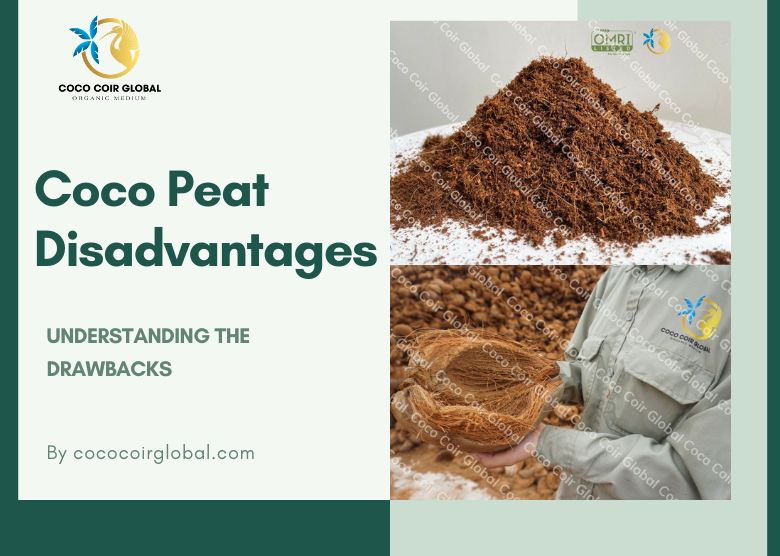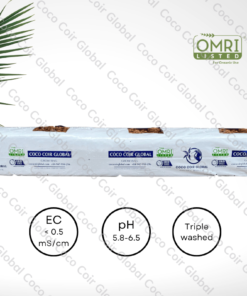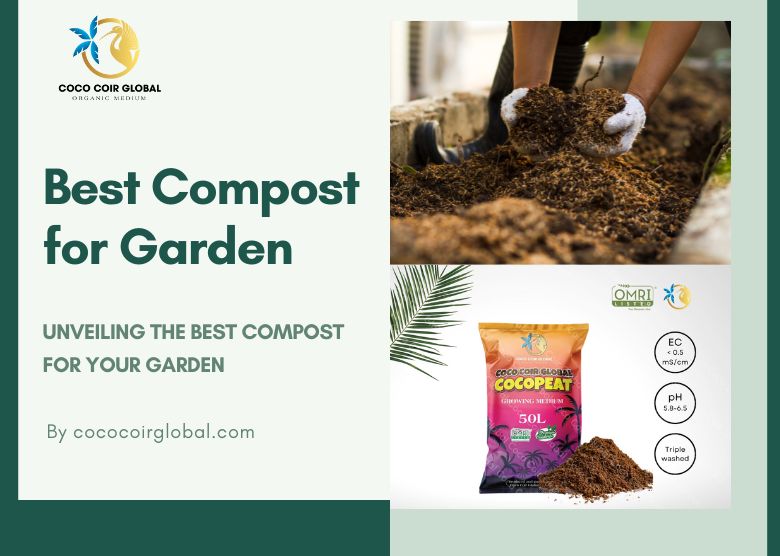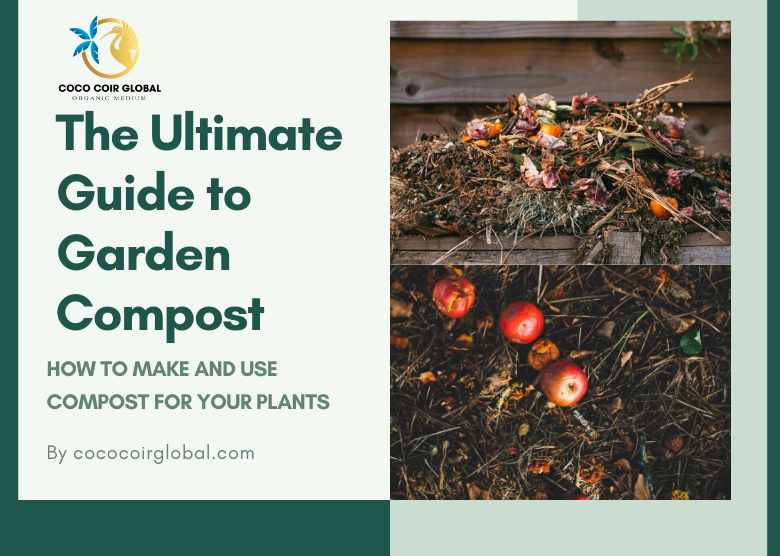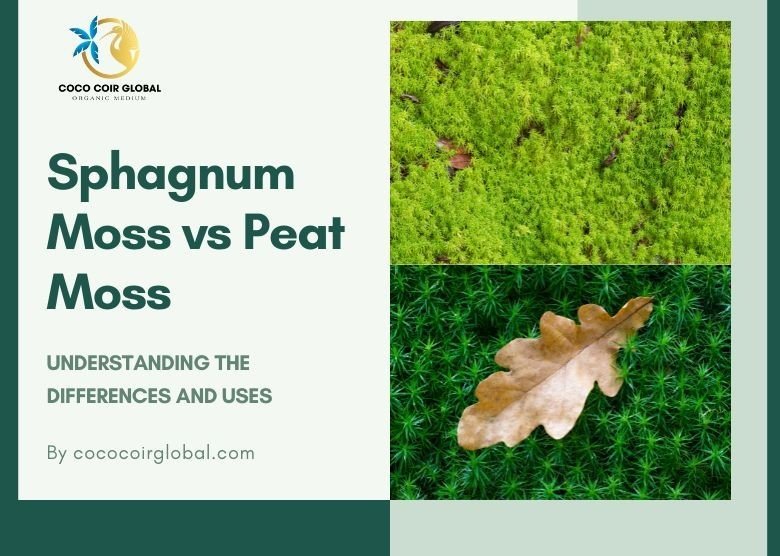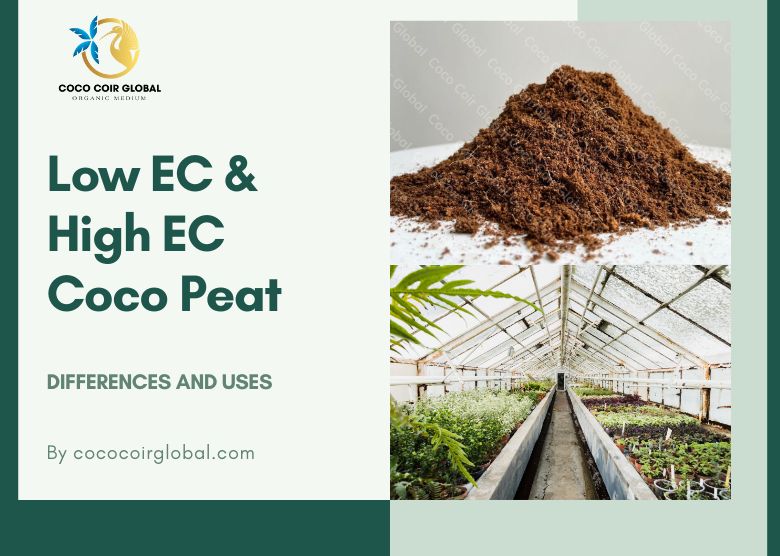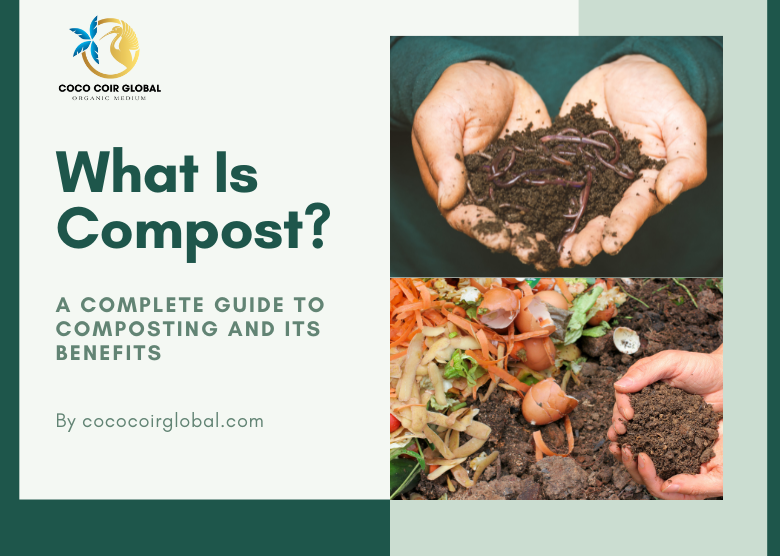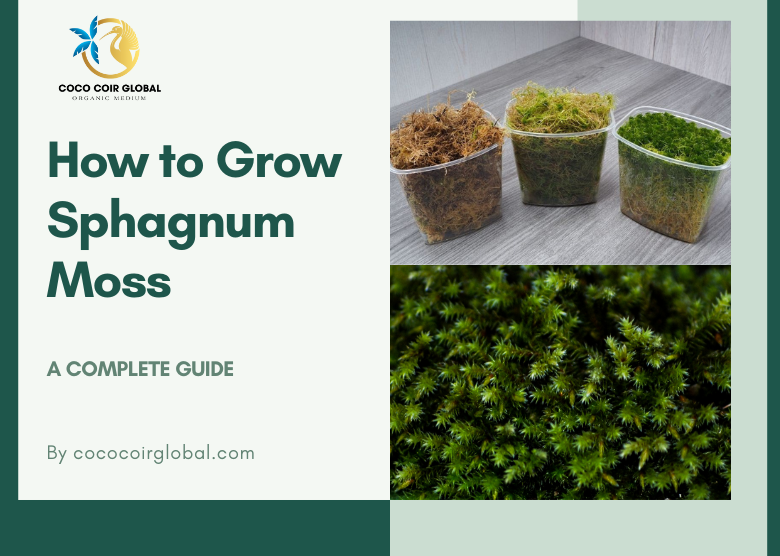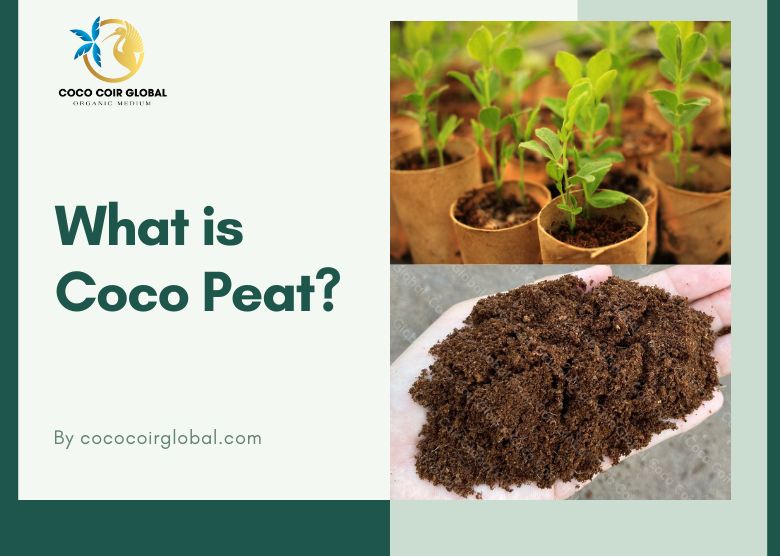Introduction to Coco Peat?
With the discovery of coco coir/peat as a growing medium, coconut empty husk is gathered and processed instead of being disposed of. They have lots of characteristics that make them suitable for plant growth while still remaining relatively cheap in comparison to other products of the same purpose.
But what when up must go down. The overwhelming upside of coco peat is brought alongside others disadvantages. Let’s have a look through what they are and how to minimize their effects.
The 5 Major Disadvantages of Coco Peat
1. pH and Moisture Levels Coco Peat
It might be challenging for beginners to maintain the proper pH and moisture levels in coco peat.
Acidic to slightly neutral describes coco peat. The pH range for coco peat should be between five and six, however maintaining this range might be difficult. If you grow plants that need neutral or alkaline mediums, this could be an issue.
You will need to water coco peat more frequently than other substrates because it has a tendency to be quite dry.
So before beginning your hydroponics or other gardening activity, it is imperative that you understand how to use it effectively.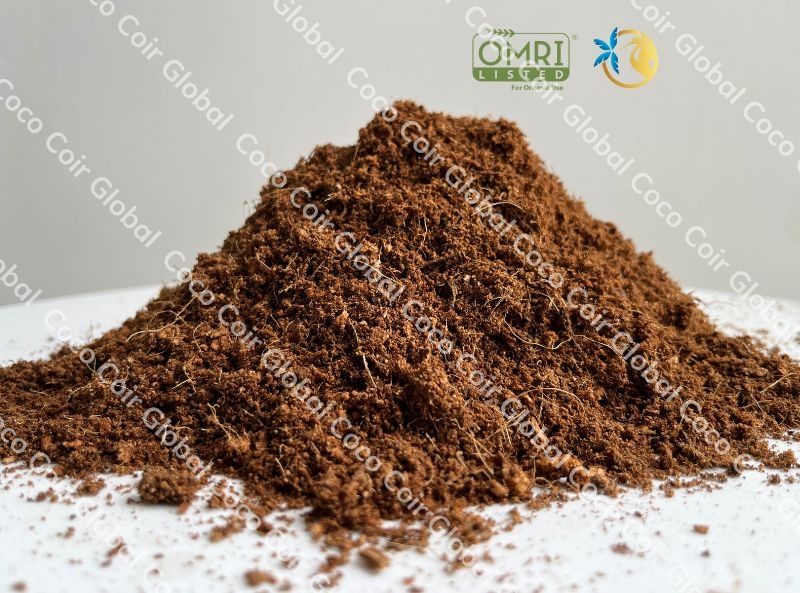
2. Expense Coco Peat
Depending on the quality, coco peat can cost more to purchase than other growing media like perlite or vermiculite. Therefore, remember to include that in your budget.
Coco peat is still an excellent choice if you are on a tight budget, though. Most gardening supply stores and online vendors carry coco peat. Thus, it’s sort of convenient for you to buy it due to its available condition.
But did you know that if you can easily locate coconut husks, you may make coco peat at home? Or, by just reusing coco coir for another growing cycle, you effectively cut your medium purchasing cost?
Read the reviews before making any purchases of coco peat products because some suppliers might offer subpar goods. To avoid being duped, it’s also crucial to confirm if the seller is a reliable one.
See more:
- Complete Guide to Coco Peat for Plants: Benefits, Uses, and Tips
- How to Buffer Coco Coir? Guide to Buffering Condensed Coco Coir
- How to Use Coco Coir Bricks: A Comprehensive Guide
- Peat Moss Alternatives: Top Peat Moss Alternatives for Gardening
3. Potassium and Sodium Levels Coco Peat
Potassium and sodium levels in coco peat are considered relatively high. While some plants may benefit from this, others may suffer from an excess of potassium. Leaf burn can be a result of too much salt. Also, keep in mind that the other nutrients in your coco peat mix may not absorb as well because of the high potassium content.
Furthermore, you should be aware that coco peat might change the pH of your water. Since the water may become more alkaline due to the high potassium levels, you may need to modify your nutrient solution.
Make careful to include these nutrients in your coco peat mix if you discover your plants are lacking in these nutrients. Although potassium is a vital ingredient for plants, too much of it can be toxic. If you’re using coco peat as a growing medium, check your plants frequently and give them a new water flush every few weeks.
See more:
4. Compaction Issues Coco Peat
Over time, the coco husks in coco peat can get compressed, making it challenging for roots to pierce. This may result in drainage and aeration issues.
You should combine coco peat with perlite or vermiculite to prevent compaction. Additionally, you can avoid compaction by routinely fluffing the coco peat with your fingers. To maintain the coco peat loose and airy, carry out this action each time you water your plants.
Repotting your plants to replace the coco peat every few months is also an excellent idea. Your plants will receive the aeration and drainage they require as a result.
5. Susceptibility to Diseases and Pests
Although coco peat is a sterile growing medium, chemical treatment can make it more likely to host pathogens and pests, which can be problematic for producers. You must constantly check your coco peat and get rid of any harmed plants.
If your coco peat has been chemically treated, it’s also crucial to clean it well before utilizing it. This can be accomplished by boiling it for 15 minutes or soaking it in a bleach solution.
Additionally, since chemically treated coco peat might be detrimental to your plants, you should avoid using it. Contact the manufacturer for more details if you are unsure whether your coco peat is safe to use.
Make sure to routinely check your coco peat and get rid of any harmed plants. And to assist avoid issues, carefully clean your coco peat before using it.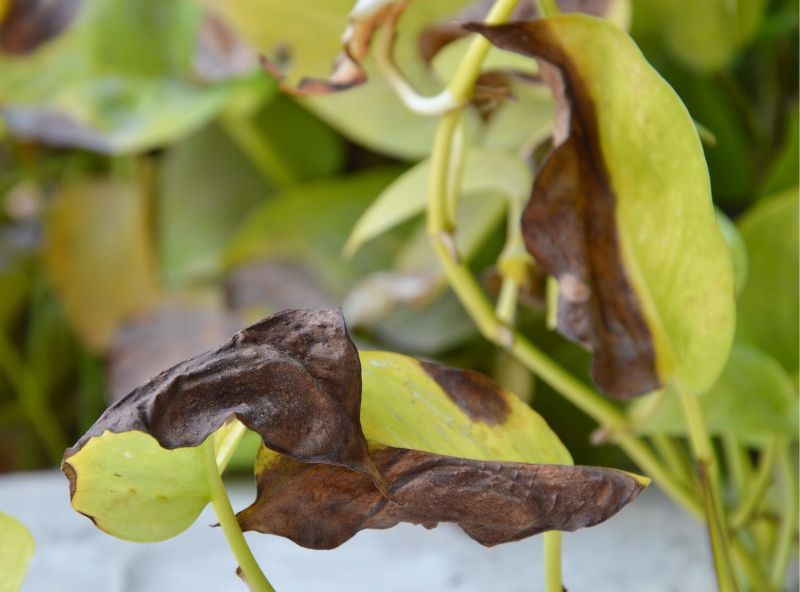
Additional Coco Peat Disadvantages to Consider
1. Quality Concerns
Since coco peat has become so popular recently, the supply must be increased to keep up with demand.
However, as a result, many vendors have been dispensing very poor grade coco peat, which is useless for any crops you attempt to plant because it lacks the same properties as the good kind.
However, it can be challenging to distinguish between good and bad, which explains why so many unwary merchants have fallen into the trap of procuring from unreliable providers.
2. Creeping Phenomenon
It means that when coco peat breaks down, or when it is stored wrongly, they become susceptible to creep. Creep is basically the degradation of coco peat that results in loss of air porosity, loss of water holding capacity and also loss of volume resulting in loss of value of the coco peat.
3. Limited Plant Support
Due to its great porosity, coco peat is widely used, but there is a drawback: the material is insufficient to adequately sustain the weight of many big plants on its own.
Even if this shouldn’t be sufficient justification to abandon coco peat, it does make life more difficult, especially when you take into account the help your plants would receive from other goods.
4. High Salinity Content
Initially, the electrical conductivity level or salt content of coco coir is between 2 and 6 mS/cm, which is far too high for a growing medium. High-quality coco coir ought to be properly washed until the E.C. falls below 1mS/cm, but if you landed on lower end products, the chances are the peat isn’t washed enough, and the salt content landed on the higher end, which can lead to several bad effects to plants.
5. Lack of Nutrients
Utilizing potting soil has several advantages, one of which is the abundance of nutrients that will ensure the success of your plants.
With coco peat, however, that is not the case.
Although you can simply apply fertilizer to your plants, many modern gardeners choose to use an all-in-one product like potting soil because it is more convenient.
Conclusion: Evaluating the Pros and Cons of Coco Peat
In the end, coco peat’s upsides outweigh their downs, as most of their downsides if solved will then become a good side that can be utilized. So if you have concerns, just keep in mind that as long as you get a good source, and always remember the preparation process, there is nothing to be afraid of using coco coir.









 2276
2276 



